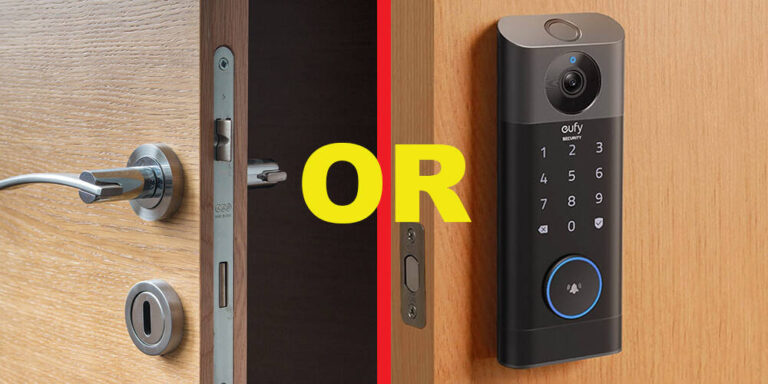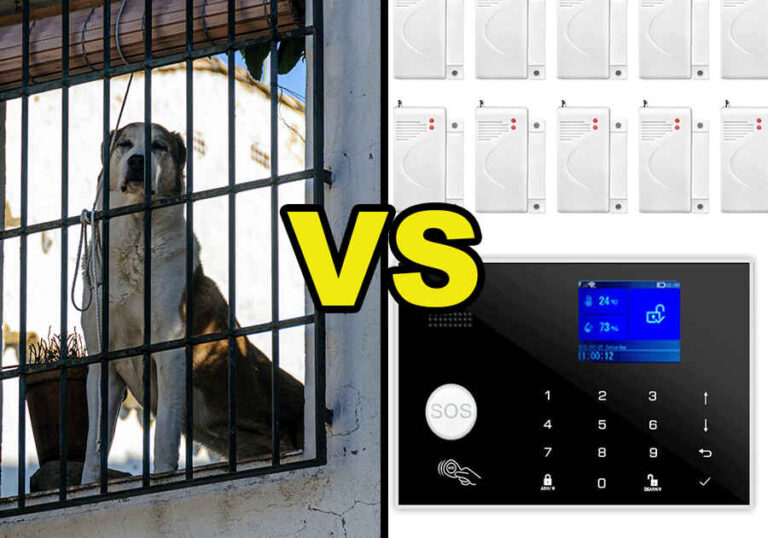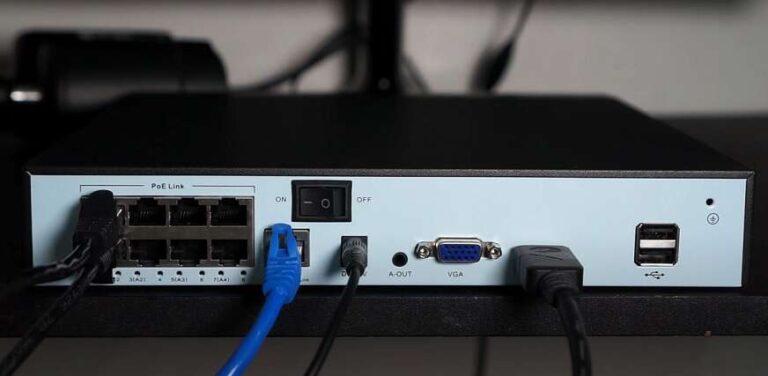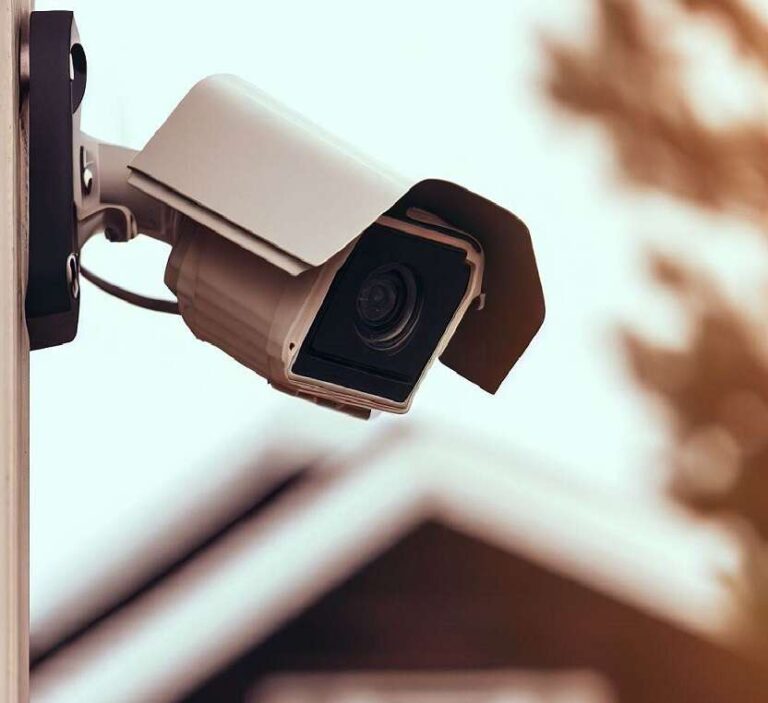Enhancing Security with Biometric Authentication
In an increasingly digital world, personal security has become a major concern for individuals and organizations alike. Traditional methods of authentication, such as passwords and PINs, have proven to be vulnerable to hacking and unauthorized access.
As a result, there has been a significant shift towards biometric authentication, which offers a higher level of security by utilizing unique physical or behavioral characteristics of individuals. This article explores the advancements in biometric authentication and its implications for personal security.
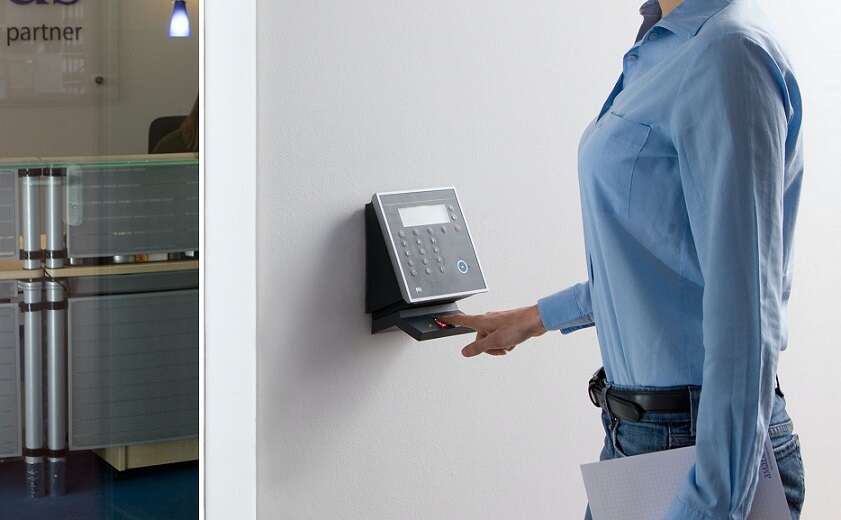
Understanding Biometric Authentication
Biometric authentication refers to the process of verifying an individual’s identity based on their unique biological or behavioral characteristics. These characteristics are difficult to forge or replicate, making biometric authentication a robust security measure. By capturing and analyzing specific features, biometric systems can accurately identify and authenticate individuals.
Types of Biometric Authentication
Fingerprint Recognition
Fingerprint recognition is one of the oldest and most widely used biometric authentication methods. It analyzes the patterns and ridges on an individual’s fingertip to create a unique fingerprint template. This template is then compared to a database of registered fingerprints to grant access.
Facial Recognition
Facial recognition technology analyzes facial features, such as the shape of the face, the distance between the eyes, and the arrangement of facial landmarks, to identify individuals. It has gained popularity due to its non-intrusive nature and ease of use.
Iris Recognition
Iris recognition measures the unique patterns in the colored portion of the eye. It offers a high level of accuracy and is often used in high-security environments. Iris recognition systems utilize infrared light to capture the intricate details of the iris.
Voice Recognition
Voice recognition technology analyzes an individual’s vocal characteristics, such as pitch, tone, and speech patterns, to verify their identity. It is commonly used in phone-based authentication systems and voice assistants.
Palmprint Recognition
Palmprint recognition is a lesser-known biometric authentication method that uses the unique patterns on an individual’s palm. It offers a high level of accuracy and is resistant to forgery.
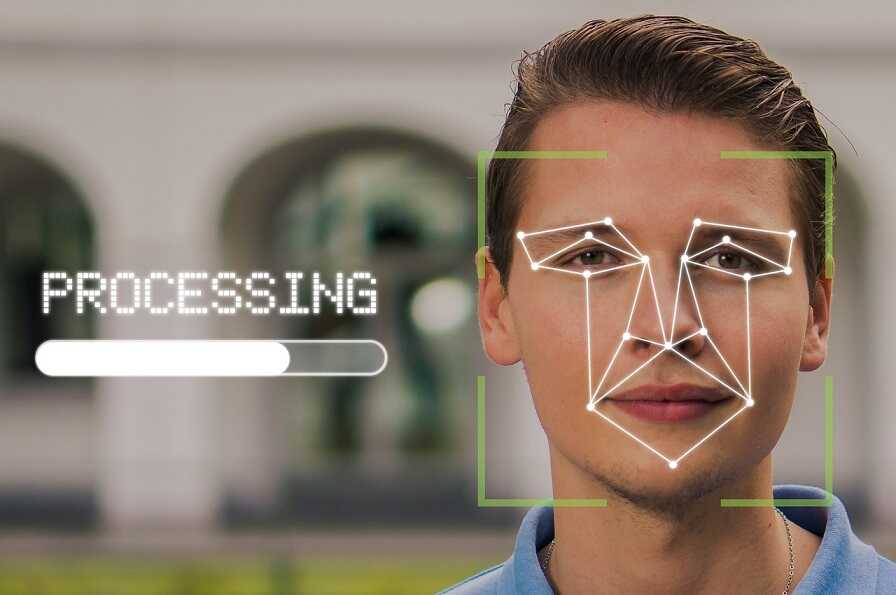
Advantages of Biometric Authentication
Biometric authentication offers several advantages over traditional authentication methods:
- Higher Security: Biometric characteristics are unique to each individual, making it extremely difficult for unauthorized users to gain access. This provides a higher level of security compared to passwords or PINs, which can be easily guessed or stolen.
- Convenience: Biometric authentication eliminates the need to remember complex passwords or carry physical tokens. Users can simply use their biometric traits, such as a fingerprint or face, to authenticate themselves quickly and effortlessly.
- Accuracy: Biometric systems have high accuracy rates, reducing the chances of false positives or false negatives. This ensures that only authorized individuals can access protected resources.
- Non-Transferable: Biometric traits are inherently tied to an individual and cannot be transferred or shared. Unlike passwords or access cards, which can be passed on or stolen, biometric characteristics cannot be easily replicated or used by someone else.
- Enhanced User Experience: Biometric authentication provides a seamless and user-friendly experience. Users appreciate the simplicity and speed of biometric systems, resulting in increased user satisfaction.
Challenges and Concerns
While biometric authentication offers significant advantages, there are also challenges and concerns that need to be addressed:
Privacy Concerns
The collection and storage of biometric data raise privacy concerns. Individuals may worry about the misuse or unauthorized access to their biometric information. Organizations must ensure proper data protection measures and adhere to legal and ethical guidelines to address these concerns.
Vulnerabilities
Biometric systems are not immune to vulnerabilities. Advanced hacking techniques, such as spoofing or presentation attacks, can deceive biometric sensors. Continuous research and development are necessary to stay ahead of potential vulnerabilities and enhance system security.
Accuracy and Reliability
While biometric systems generally provide high accuracy, there can be instances of false positives or false negatives. Factors such as environmental conditions, injuries, or aging can affect the performance of biometric sensors. Regular calibration and system maintenance are crucial to maintaining accuracy and reliability.
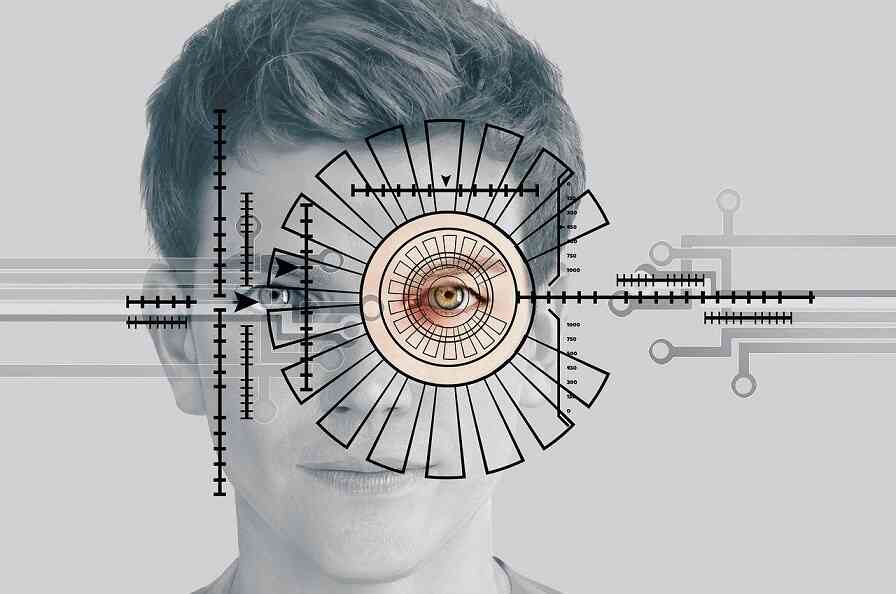
Recent Advancements in Biometric Authentication
The field of biometric authentication is constantly evolving, with several recent advancements:
Behavioral Biometrics
Behavioral biometrics analyze unique patterns in human behavior, such as typing rhythm, signature dynamics, or gait. By incorporating behavioral traits along with physical characteristics, biometric systems can provide an additional layer of security.
Multi-factor Authentication
Multi-factor authentication combines multiple biometric traits or incorporates biometrics with other authentication factors, such as passwords or tokens. This approach enhances security by requiring multiple proofs of identity.
Artificial Intelligence Integration
Artificial intelligence (AI) plays a significant role in improving biometric authentication. AI algorithms can enhance accuracy, detect anomalies, and adapt to changing patterns. Machine learning techniques enable biometric systems to learn and improve over time.
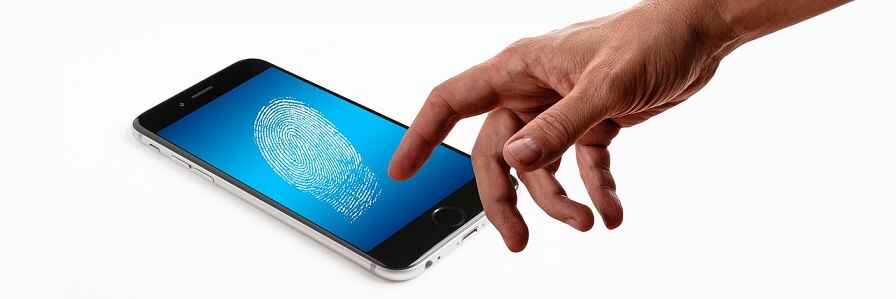
Applications of Biometric Authentication
Biometric authentication finds applications in various sectors:
Mobile Devices and Smartphones
Many smartphones now incorporate biometric sensors, such as fingerprint scanners or facial recognition cameras, for secure unlocking and authentication. Biometric authentication adds an extra layer of protection to personal data stored on mobile devices.
Financial Institutions
Banks and financial institutions use biometric authentication to secure transactions and protect customer accounts. Biometrics can prevent unauthorized access to funds and provide a seamless user experience during banking operations.
Healthcare Sector
In the healthcare sector, biometric authentication ensures secure access to patient records, medical devices, and restricted areas. It helps prevent medical identity theft, ensuring that only authorized healthcare professionals can access sensitive information.
Government and Law Enforcement
Government agencies and law enforcement organizations use biometric authentication for identity verification, border control, and criminal investigations. Biometrics enable accurate identification, aiding in the maintenance of national security.
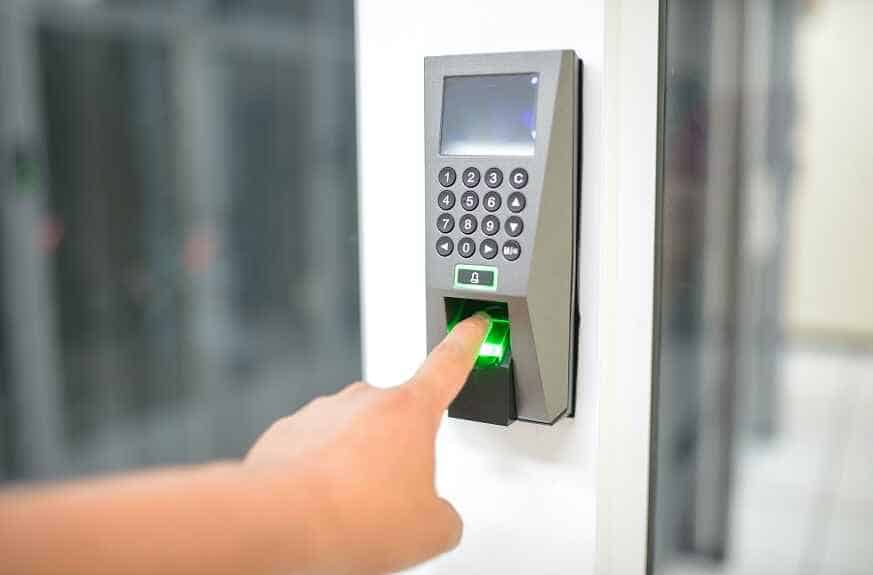
Future Implications of Biometric Authentication
The future of biometric authentication holds promising possibilities:
- Widespread Adoption: Biometric authentication is expected to become more prevalent across industries and applications. As technology advances and costs decrease, more organizations and individuals will adopt biometric solutions for enhanced security.
- Integration with Internet of Things (IoT): Biometrics can be integrated with IoT devices to provide secure access and personalized experiences. For example, smart homes can use biometric authentication to allow authorized individuals to control devices and access personalized settings.
- Biometric Wearables: Wearable devices, such as smartwatches or fitness trackers, can incorporate biometric sensors for continuous authentication and health monitoring. This integration opens up new possibilities for personalized and secure interactions.
- Enhanced Anti-Spoofing Techniques: Researchers are actively working on developing advanced anti-spoofing techniques to counter emerging threats in biometric authentication. These advancements will improve the resilience of biometric systems against presentation attacks.
- Biometrics in Smart Cities: Biometric authentication can play a significant role in smart city initiatives. It can be utilized for secure access to public services, transportation systems, and civic amenities, ensuring convenience and safety for residents.
Conclusion
Biometric authentication represents a significant advancement in personal security. By leveraging unique physical or behavioral characteristics, biometric systems offer a higher level of security and convenience compared to traditional authentication methods. While there are challenges and concerns to address, ongoing advancements and research in biometrics will continue to enhance its effectiveness and reliability.
FAQs
Q: Are biometric authentication methods completely foolproof?
A: While biometric authentication is highly secure, no system is entirely foolproof. Advanced spoofing techniques can deceive biometric sensors. However, continuous advancements in anti-spoofing techniques are improving system resilience.
Q: Can biometric data be stolen or misused?
A: Organizations must implement robust security measures to protect biometric data. Encryption, secure storage, and adherence to privacy regulations are crucial to prevent unauthorized access or misuse.
Q: Can biometric authentication systems adapt to changes in physical characteristics?
A: Yes, most biometric systems can adapt to changes such as aging, injuries, or minor variations in physical features. However, significant changes may require re-enrollment or system updates.
Q: Can biometric authentication be used for large-scale applications?
A: Yes, biometric authentication is scalable and can be effectively used for large-scale applications such as national identification programs or airport security.
Q: Is biometric authentication user-friendly?
A: Biometric authentication offers a user-friendly experience by eliminating the need to remember passwords or carry physical tokens. Users can authenticate themselves quickly and effortlessly using their unique traits.


